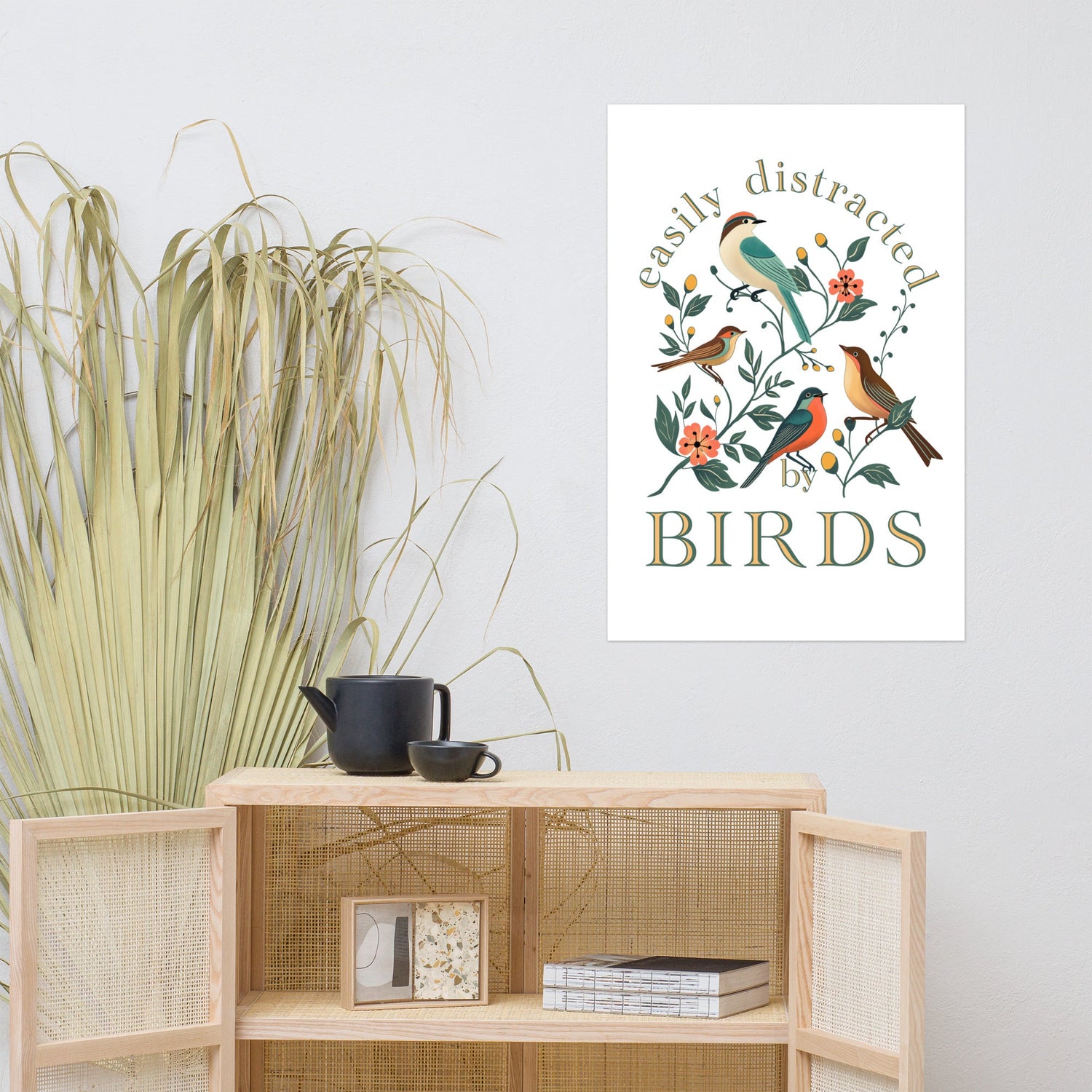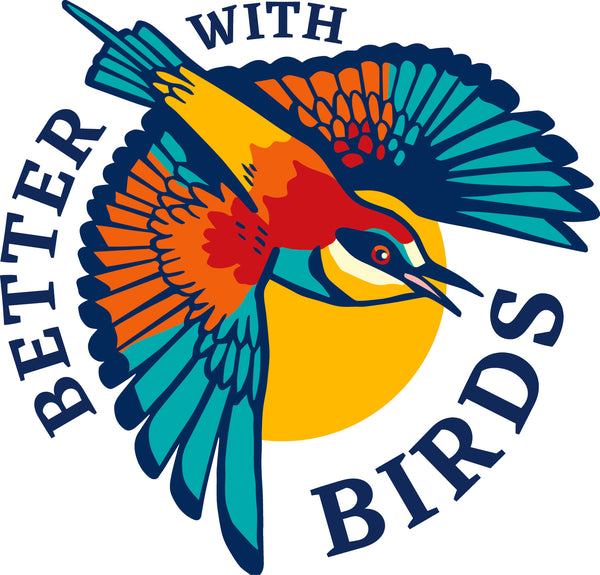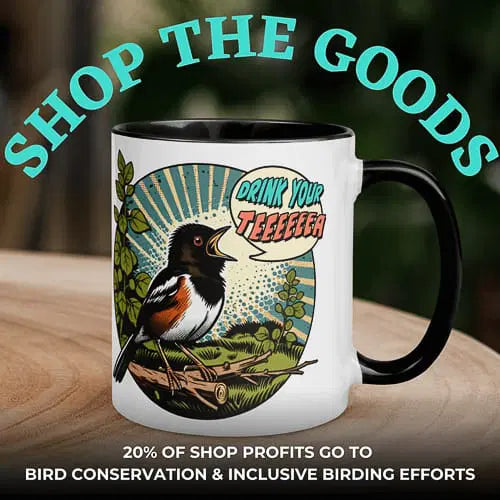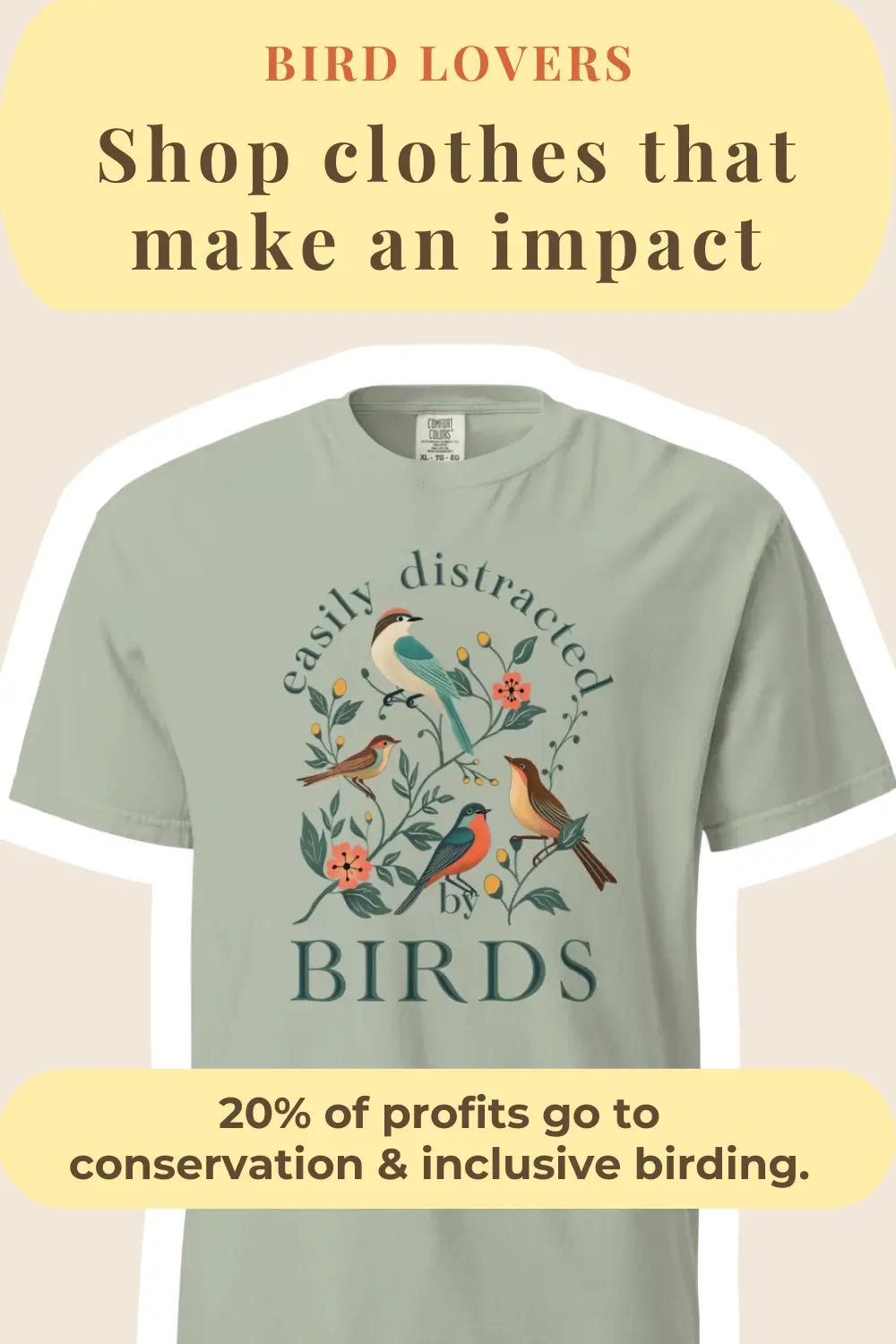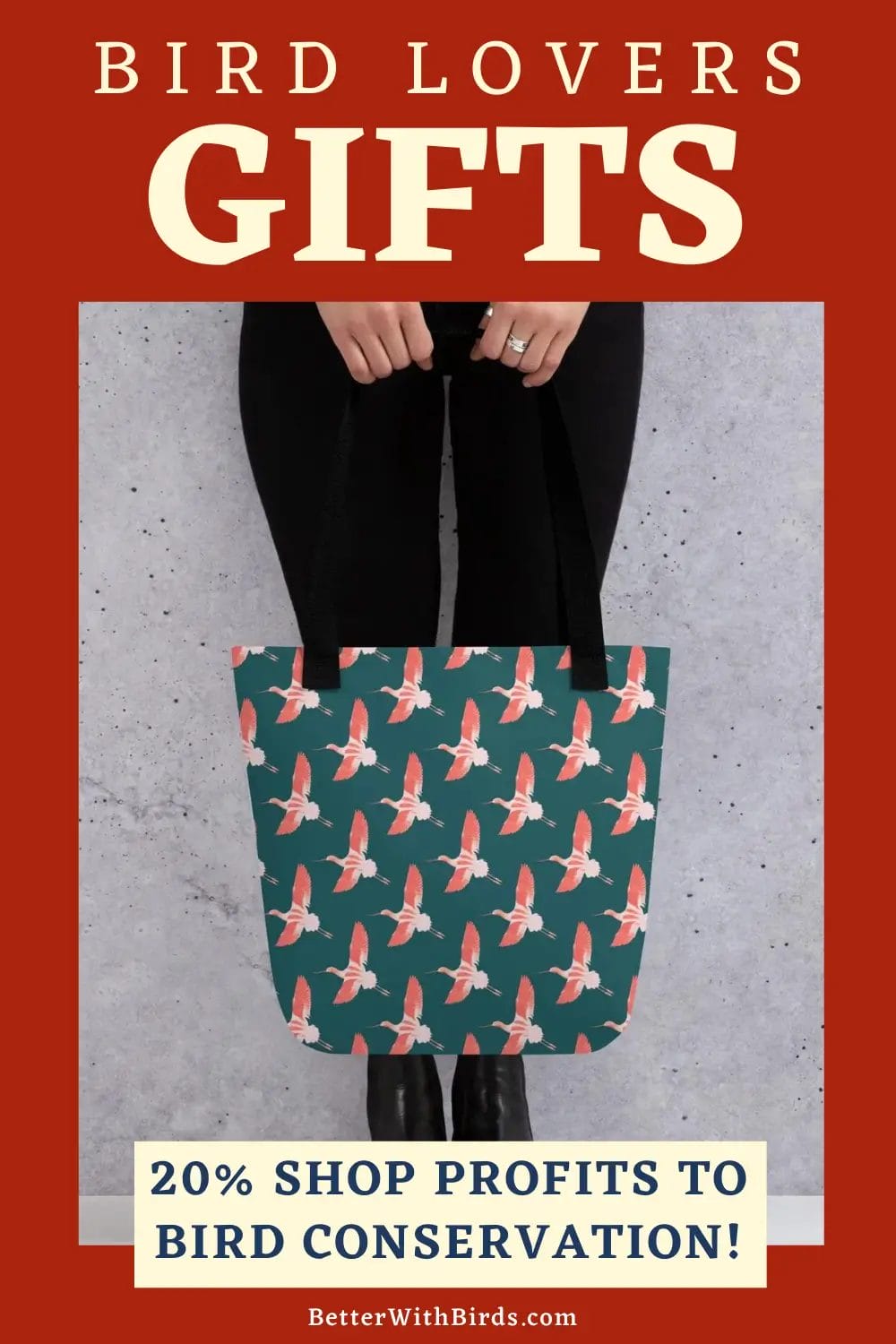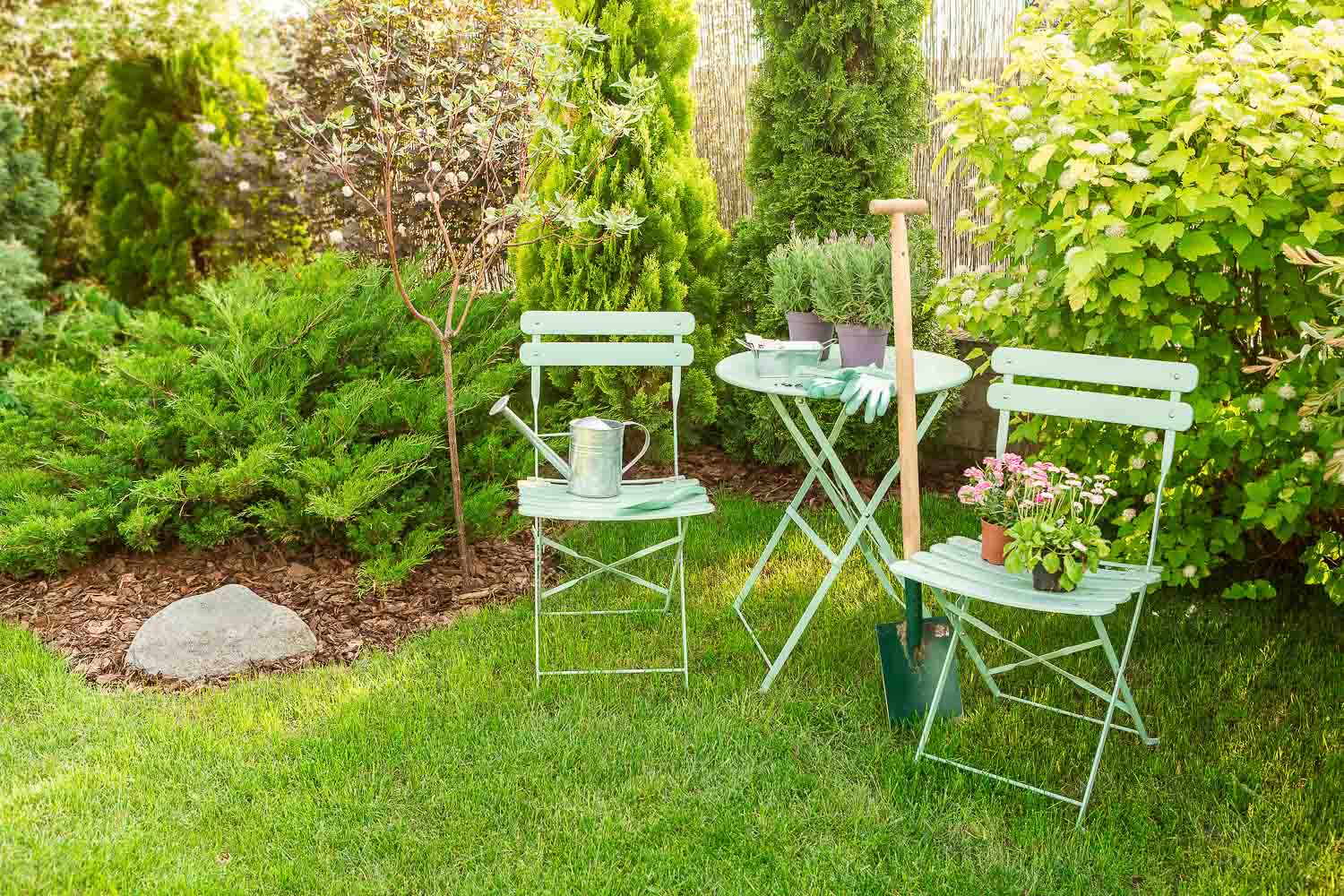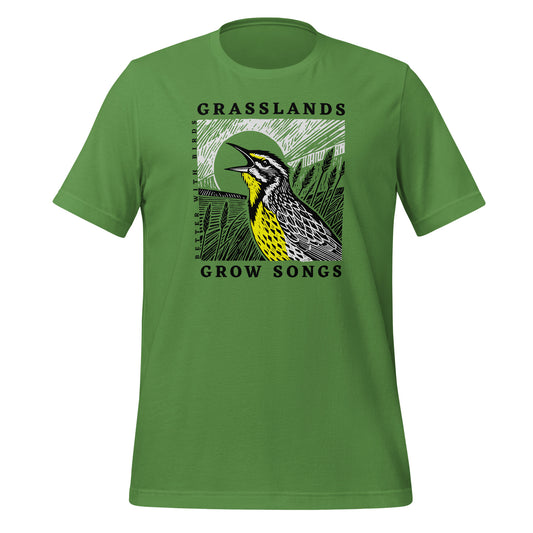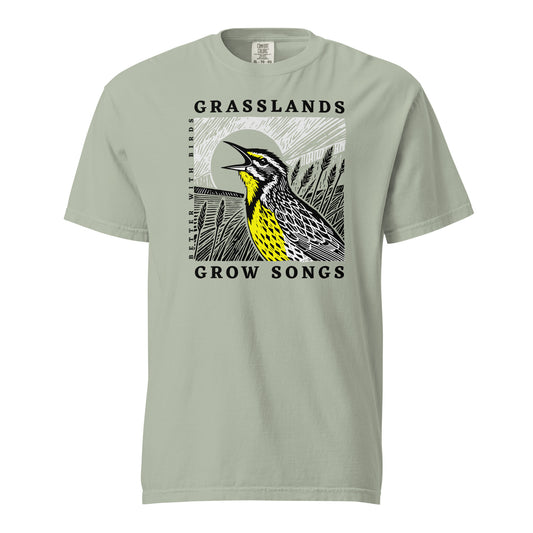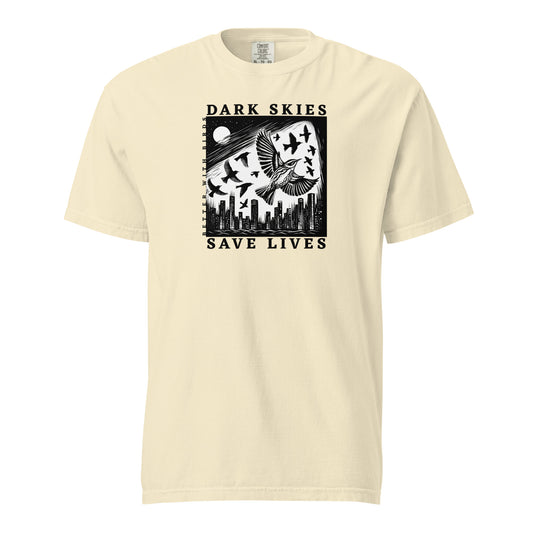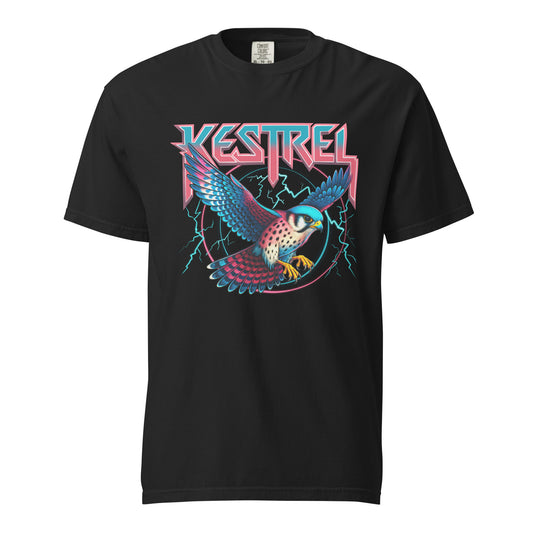What to Feed a Baby Bird: A Complete Guide
Feature Photo: Samsei/Shutterstock
Backyard Birding , Tips & Advice
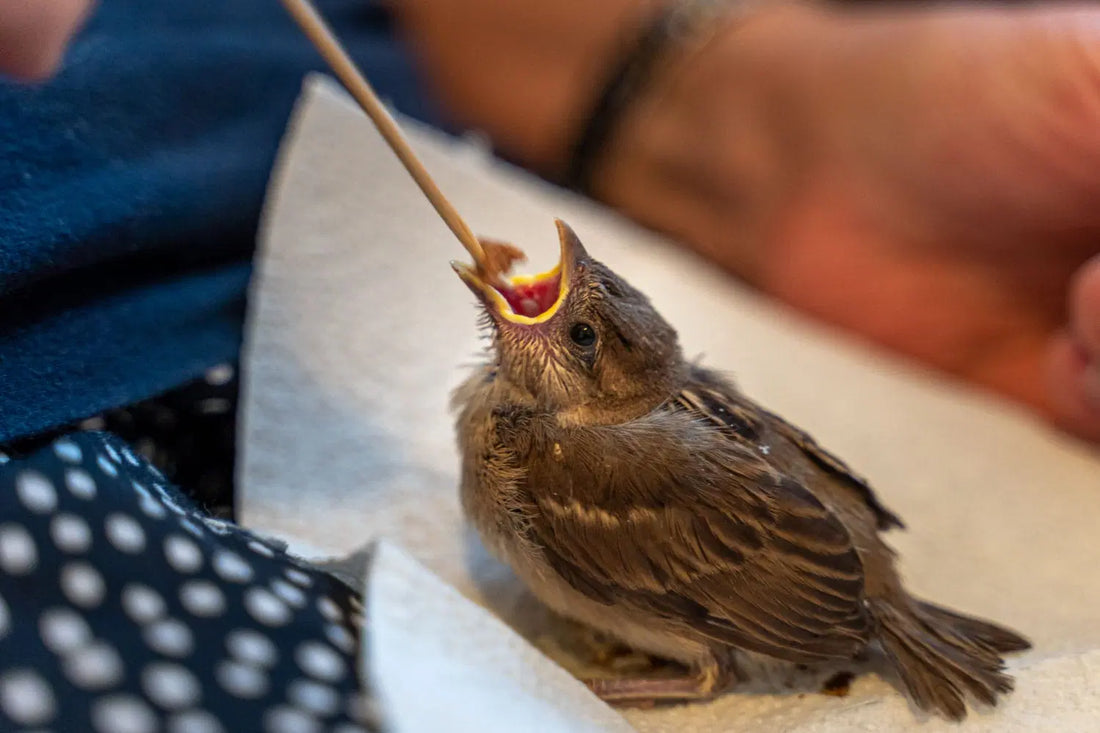
This post contains affiliate links. If you use these links to buy something, we may earn a commission at no additional cost to you. We only recommend products we fully support or use ourselves. Our full disclaimer
PIN THIS FOR LATER
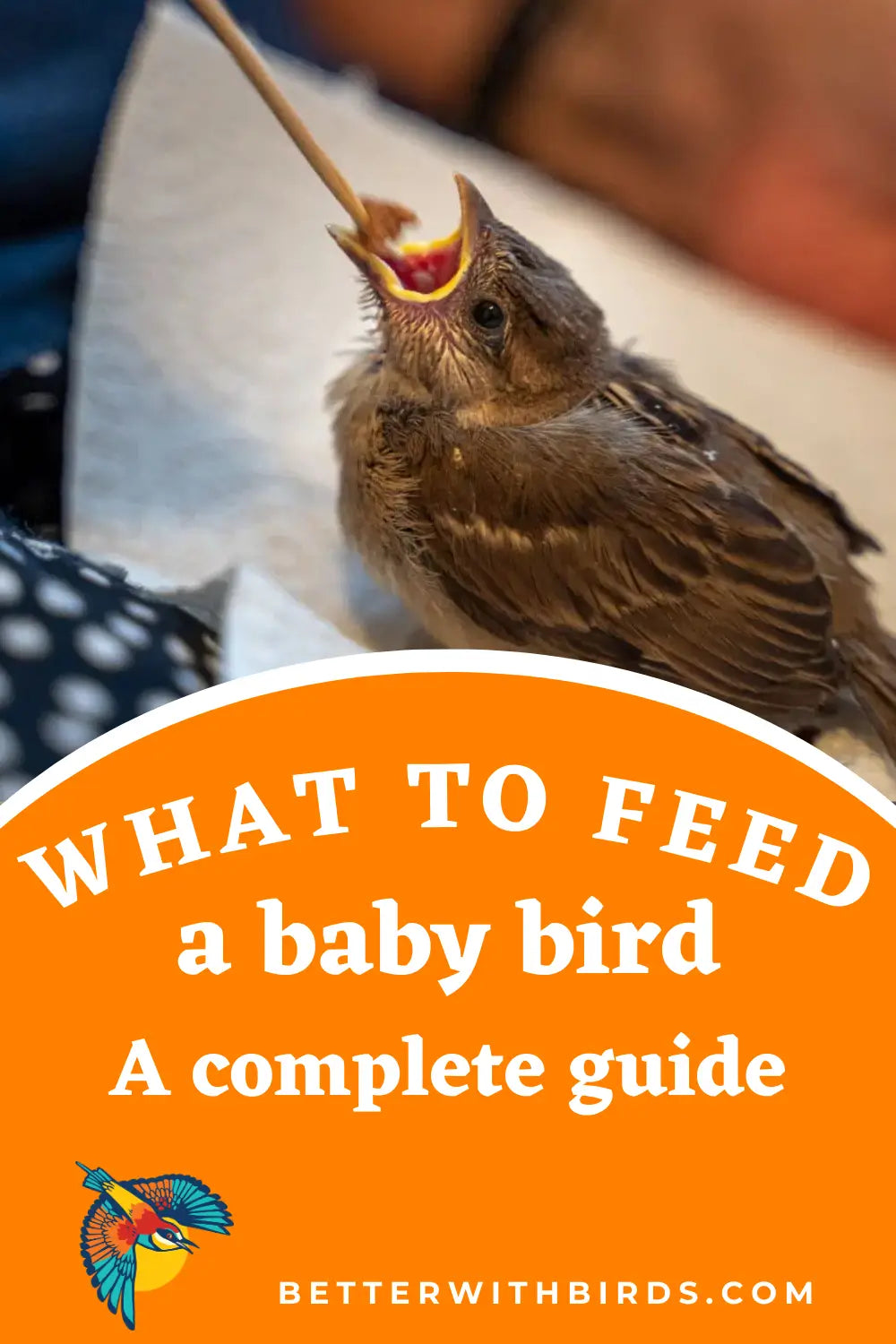
Finding a baby bird on the ground can spark a mixture of emotions – worry, curiosity, and a strong desire to help. I’ve been there too, frantically Googling what to do while a tiny feathered creature chirps desperately in a shoebox in my kitchen.
While the best course of action is usually to leave it alone and let it reconnect with its parents naturally (they’re much better at bird-raising than we humans), sometimes that’s not possible. Maybe you’ve found an injured nestling, or perhaps the parents haven’t returned for many hours. Whatever your situation, knowing how to properly feed a baby bird (and when to just leave it alone) could make all the difference for these vulnerable creatures.
Identifying the Bird’s Age and Needs
Before you start feeding a baby bird, you need to determine its age and development stage. This affects everything from what to feed it to how often feedings should happen.
Hatchlings vs. Nestlings vs. Fledglings
Hatchlings are newly hatched birds with closed eyes and minimal feathering – usually pink, wrinkly, and completely helpless. Nestlings have some feather development but aren’t fully feathered and can’t hop around effectively. Fledglings look more like actual birds with most of their feathers, though often shorter or fluffier than adults.
I once found what I thought was a helpless baby bird, only to discover it was actually a healthy fledgling going through its normal development process. Many fledglings spend days on the ground while learning to fly, with parents watching from nearby trees. Age identification prevents unnecessary “rescues” of birds that don’t need our help at all.
We give 20% of all shop profits to bird conservation & inclusive birding efforts.
Species Matters
Different bird species have drastically different dietary needs; a baby hummingbird requires a completely different diet than a baby robin or crow. If you’re unsure what species you’re dealing with, take clear photos from multiple angles and contact a local wildlife rehabilitation center for help with identification.
Wildlife rehabbers have saved countless birds from well-meaning but ultimately harmful feeding attempts, and they can quickly tell whether the bird truly needs intervention or if it’s better to monitor the situation while waiting for the parents to return.
Emergency Care Before Feeding
When you find a baby bird, feeding shouldn’t be your first priority – there are more urgent needs.
Warmth Comes First

Hypothermia kills baby birds faster than hunger. If the bird feels cool to the touch, it needs immediate gentle warming. I use a small box with air holes and a clean cloth inside, placed on (not in) a heating pad set to low. Half the box should be off the heating pad so the bird can move away if it gets too warm.
Keep the makeshift nest in a quiet, dark place away from children and pets. Stress can be fatal to these fragile creatures, so minimal handling is best. Never try to force feed a cold bird – they can’t digest food when chilled, and it could actually kill them.
Hydration Basics
If the bird appears dehydrated (lethargic, skin tenting when gently pinched), offering small amounts of lukewarm water can help. Use a paintbrush or clean eyedropper to place tiny drops on the side of the beak – never squirt liquid directly into a bird’s mouth as it can aspirate into the lungs with terrible consequences.
For serious dehydration, specialized bird electrolyte solutions work better than plain water. Your local pet store might carry these, or a rehabber can advise on making a simple homemade version in a pinch.
Appropriate Foods for Baby Birds
Once the bird is warm and safely contained, you can address its hunger – but with extreme caution about what you offer.
Commercial Options
Commercial baby bird formulas like Kaytee Exact Hand-Feeding Formula offer balanced nutrition and are the safest option for most songbirds. I mix these formulas to a pudding-like consistency for younger birds and slightly thinner for older nestlings.
These formulas need to be prepared fresh for each feeding and served at body temperature – never hot! Cold formula and improperly mixed batches can cause fatal crop impactions and digestive issues that can quickly become serious.
Homemade Emergency Diets
If you can’t get commercial formula immediately, some baby birds can survive briefly on homemade mixtures. For insect-eating songbirds, soaked dog or cat food mashed to an appropriate consistency can work as a temporary solution. For seed-eaters, baby cereal mixed with a tiny bit of hard-boiled egg yolk might sustain them.
In emergency situations, you can use mashed mealworms (available at pet stores for reptiles) mixed with a bit of applesauce for insectivorous birds. These DIY solutions lack proper nutrition for long-term care – think of them as emergency measures for 24-48 hours maximum while you arrange professional help.
We give 20% of all shop profits to bird conservation & inclusive birding efforts.
Foods to Absolutely Avoid
Some common misconceptions about baby bird feeding can be deadly. Never feed bread, milk, or raw hamburger to baby birds. Birds can’t digest dairy products at all, bread has almost no nutritional value, and raw meat may contain harmful bacteria that their systems aren’t equipped to handle.
Also avoid earthworms from treated lawns, as they may contain pesticides toxic to birds. Water offered directly through eyedroppers or syringes poses serious aspiration risks – always place small drops on the side of the beak instead, allowing the bird to drink at its own pace.
Recognizing Signs of Trouble
Some warning signs require immediate professional intervention: gasping, listing to one side, wing droop, leg injuries, visible wounds, or strings/fishing line wrapped around any body part. Also watch for lack of droppings after feeding, prolonged lethargy, or refusal to eat for multiple feedings.
Final Thoughts
Ultimately, baby birds represent one of nature’s most vulnerable stages of life, requiring specific care that’s difficult to provide without training. While temporary emergency care can bridge the gap, connecting these fragile creatures with wildlife rehabilitation professionals offers their best chance at eventually returning to the wild where they belong.
If you’re looking for a thoughtful gift, you can surprise your favorite bird enthusiast with high-quality birding essentials that support their passion for avian care and observation.
